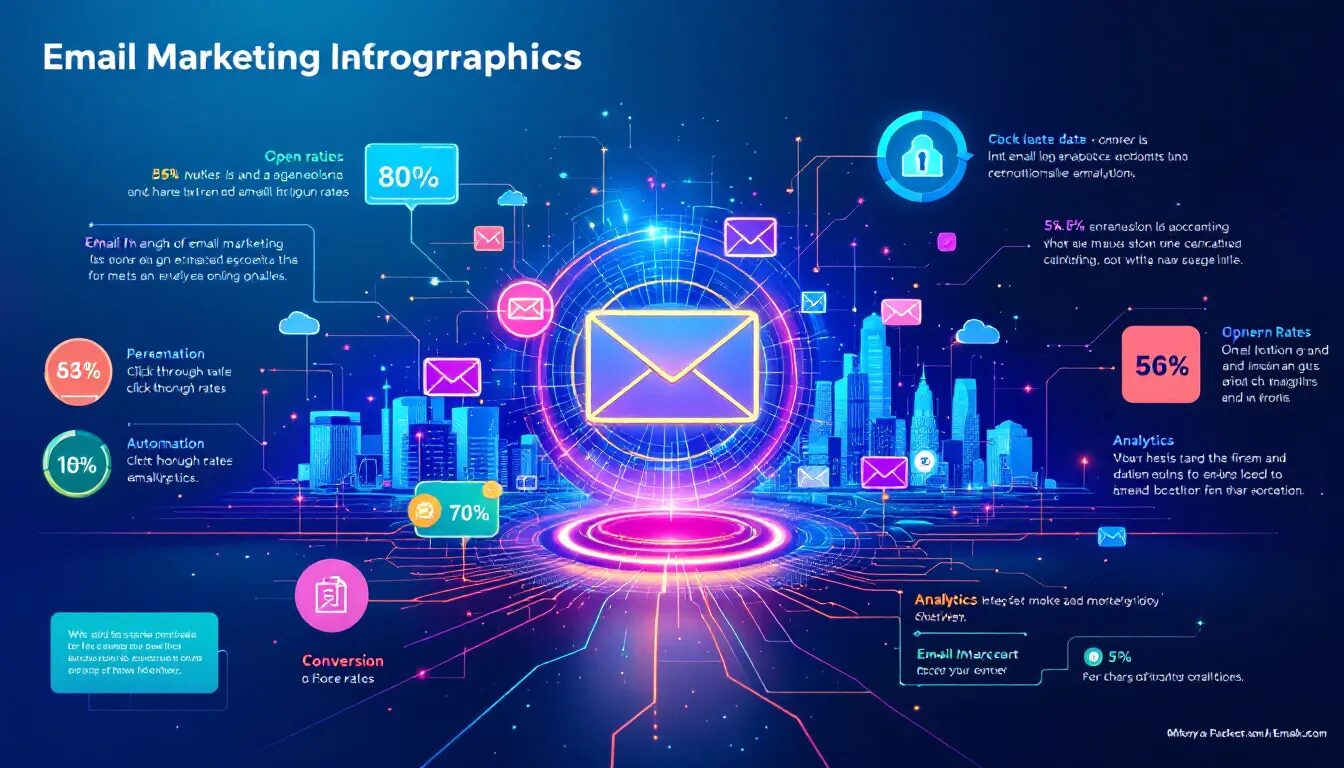
Email marketing tips for educational institutions
Any school — from preschools all the way up through colleges and universities — can benefit from the power of email. Not only is email marketing a great way to attract new students, but it’s also one of the best ways to stay in touch with students, parents, faculty and staff. You can use it to alert students and parents about upcoming events, to drive interest in fundraisers, and generally to keep students, their parents and the wider community informed about what’s happening at your school.
But how can educational institutions get the most out of their email campaigns? Here are some best practices and tips for elementary, secondary and higher education email marketing — including the benefits of segmenting your email lists and how to create effective emails that drive action.
Why schools should be using email marketing
In the world of digital communication, email may be one of the oldest ways to spread your message, but it’s also one of the most effective. If you haven’t been investing much thought or time into developing an email marketing strategy for your school, here’s why you should get started:
- Low cost: Email is one of the most cost-effective forms of marketing available. In 2017, the median return on investment for email marketing was 122 percent. Put another way, emails are easy and relatively inexpensive to send, and the return you can get is well worth the time and money.
- Good fundraising tool: Schools with overflowing coffers are few and far between. Email is a great way to raise funds because it’s less intrusive than an out-of-the-blue phone call and gives the institution an opportunity to appeal to community members on why funds are needed. You can also embed links or buttons in your emails that make it easy for recipients to quickly donate online.
- Builds interest among prospective students: Students and their parents won’t make a decision on your school based on email alone, as that calls for more personal interaction, such as a tour or a face-to-face meeting. That said, email is an effective way to get them through the door in the first place by promoting the advantages your school offers.
- Event invitations and reminders: Long gone are the days when students would arrive home with piles of flyers promoting various school events and functions (though some would argue we’re not quite there yet). Email is an effective way to invite students, parents and community members to events. Further, if space is limited, you can include a link in the body of your email that recipients can use to quickly and easily RSVP.
Separate your email lists into groups
Dividing your master email list into segments ensures you’re sending emails only to those who will find them relevant. For example, you might not want to send an email about all of your great new fall classes to alumni. That type of email will likely perform better with contacts who are currently enrolled or preparing to enroll in your academic program. Consider segmenting your email list into the following groups:
- Students: You may also consider focusing on specific groups of students, such as seniors or new students.
- Parents: Similar to above, you may want to target your sights on parents of specific students.
- Teachers and school leaders: This can be further broken down by administrative staff or teachers within specific departments.
- Wider school community: This may include extended family members, such as grandparents or aunts and uncles, as well as alumni and even residents of your school’s geographic location.
- All of the above: Send messages to all of the groups previously mentioned when the message is relevant to everyone involved in your institution’s community.
Tips for effective emails
Just like almost any type of marketing, the more attractive your message, the more likely you’ll get the response you’re looking for. Here are three quick tips on how to format your emails for best results.
- Create mobile-friendly emails. Many people today, particularly young people (students), read emails on their mobile device. This means you should format your messages so they’re readable on smaller screens.
- Use visuals beyond text. Text-only emails are largely a thing of the past. Incorporate strong photography or eye-catching graphics into your emails to make them as visually appealing as possible. That said, avoid overdoing it on design elements to keep things from getting crowded.
- Make use of creative fonts. Test modern and clean-looking fonts that are attractive to the eye. On the flip side, avoid fonts that are so artistic that they become hard to read.
One tip that’s always recommended when it comes to email design is to pick out a few emails you’ve received that you think were particularly effective. Ask yourself what it was about those messages that got your attention, and try to incorporate those elements into your own emails.
Measuring email marketing success
Another important benefit of primary, secondary and higher education email marketing is the ability to easily measure the results of a given campaign. This allows you to see what works well and what doesn’t, and then tweak your email marketing strategy moving forward.
There are a number of useful email marketing metrics, but here are some of the basics:
- Delivery rate: This is the percentage of emails that are actually delivered to recipients compared to those that bounce back.
- Open rate: As the name suggests, this is the percentage of recipients who open the emails you send.
- Clickthrough rate: This metric is the percentage of recipients who clicked on a link contained in your message.
- Conversion rate: This metric varies based on your email marketing goals. For example, if your goal is to get prospective students to schedule a visit, then the percentage of email recipients who do so is your conversion rate for that campaign.
- Subscriber growth rate: Fairly straightforward, this metric tracks how much your email subscriber list grows over a specific period of time, such as a month, quarter or year.
While these are some of the basic metrics you need to be concerned with, there are many others that allow you to dig in deeper based on your specific goals or needs. These five metrics are a good place to begin, but you may want to investigate others as your email campaigns become more sophisticated.
Email has been around for roughly 40 years, but it’s just as viable and cost-effective as ever. No matter which tactics you choose, email marketing should be an integral part of any educational institution’s marketing strategy.
Join 140,000 small business owners
© 2018, Amber Humphrey. All rights reserved.
 SUBSCRIBE
SUBSCRIBE 


